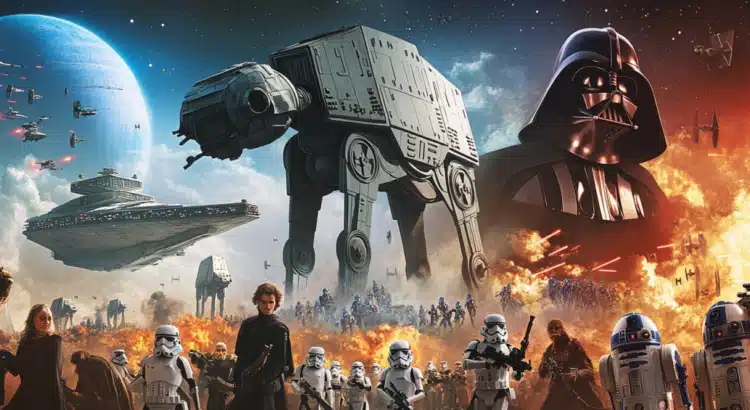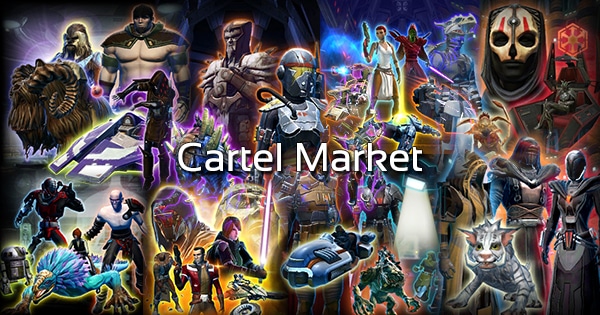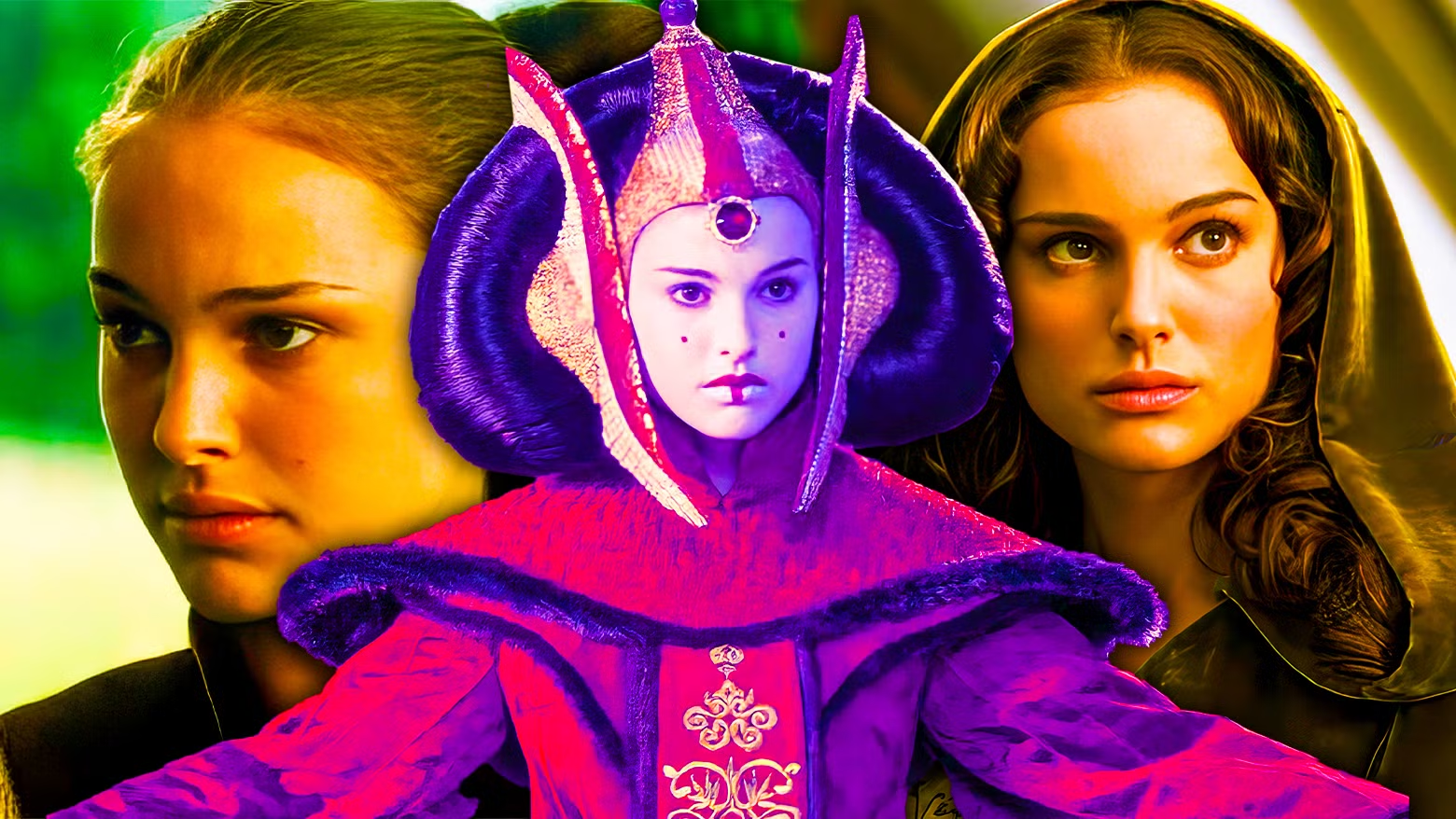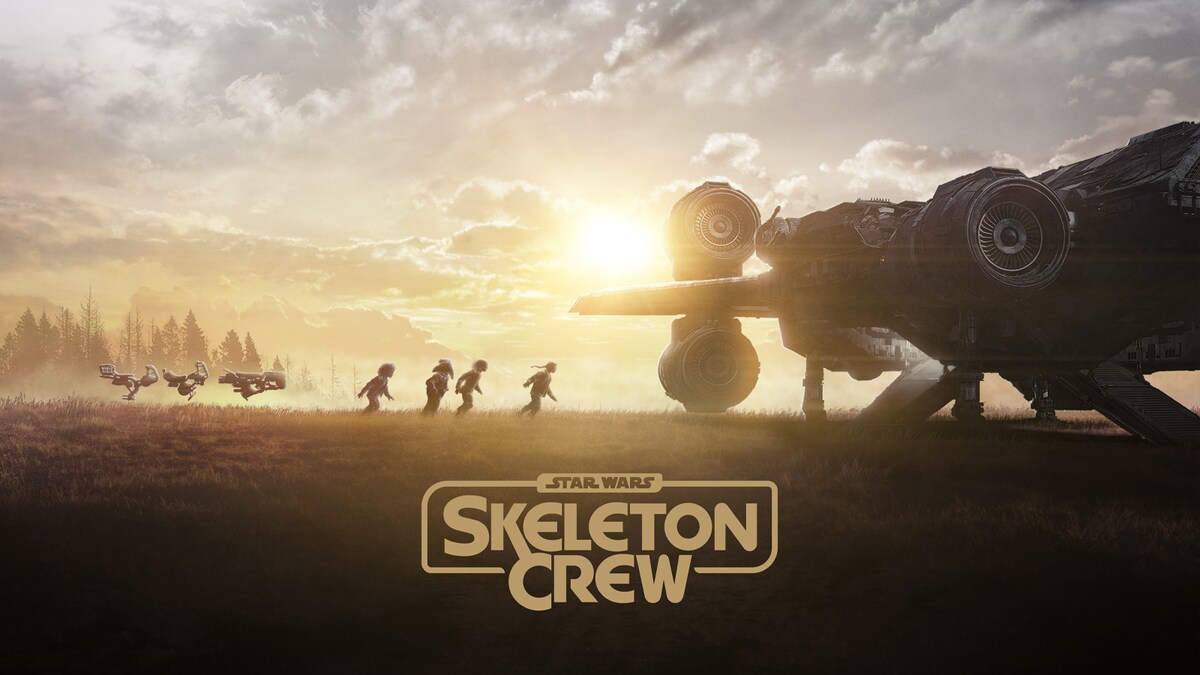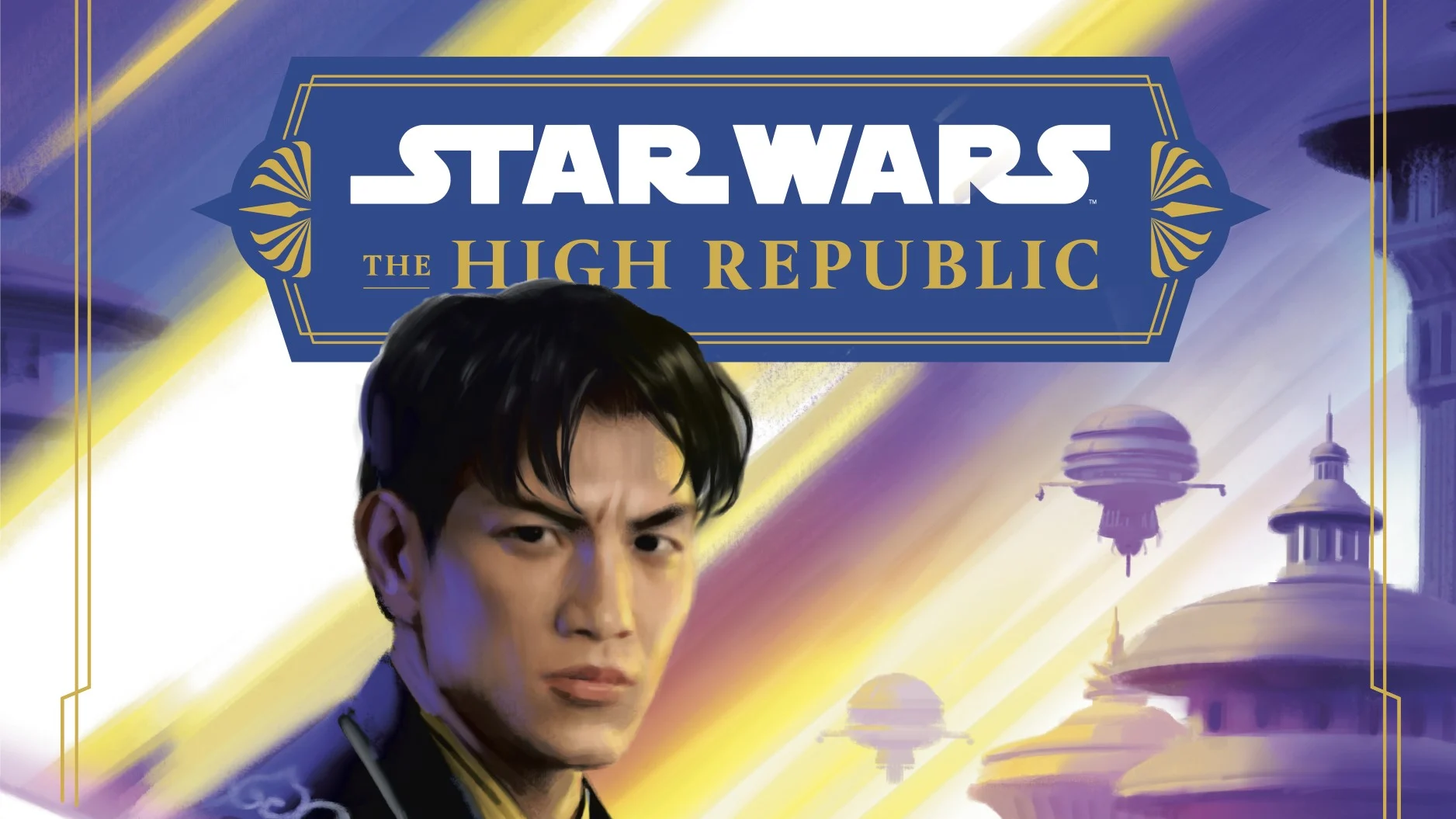Rebels, Empires, and the Politics of a Galaxy Far, Far Away
Star Wars is more than just pew-pew space battles, stormtroopers missing every shot, and a persistent theme of daddy issues. Beneath the flashy lightsabers and operatic John Williams score lies a deeply political narrative. The Rebel Alliance and the Galactic Empire represent clashing ideologies that have fueled debates among viewers, readers, and gamers alike.
What drives these two factions? What do they stand for? And, most importantly, how do their approaches to governance and galactic control compare? Let’s break it down like a tactical briefing in a Rebel base—but with less jargon and fewer Bothan casualties.
The Rebel Alliance: Hope, Freedom, and an Insatiable Desire to Topple Tyranny
Motivations: The Seeds of Rebellion
The Rebel Alliance is basically the scrappy underdog of the Star Wars universe. Born out of the ashes of the Republic, the Alliance formed in response to the Empire’s increasingly draconian policies. Palpatine’s rise to power and his dissolution of the Senate were kind of a big red flag (if the Death Star wasn’t warning enough).
Rebels fight for freedom, democracy, and the belief that individuals should have a say in how they’re governed. Their ideology is rooted in restoring the values of the Old Republic: fairness, justice, and the ability to speak one’s mind without getting Force-choked for it.
Governance Style: Loose and Unruly, Yet Democratic
If the Empire is a well-oiled war machine, the Rebel Alliance is more like a bunch of enthusiastic cosplayers trying to pilot actual spaceships. It’s decentralized, chaotic, and often driven by sheer desperation.
Leaders like Mon Mothma, Bail Organa, and eventually Leia Organa represent a commitment to democracy. They hold council meetings, vote on major decisions, and generally attempt to make governance a collaborative effort. Of course, with limited resources and constant Imperial pressure, their style of leadership often feels more like controlled chaos.
Methods: Guerrilla Tactics and Moral High Grounds
The Rebels don’t have Star Destroyers, legions of stormtroopers, or a bottomless budget funded by oppressive taxation. What they do have are makeshift bases, a knack for guerrilla warfare, and plucky heroes who somehow blow up superweapons with alarming frequency.
Their methods reflect their ideology: disrupt the Empire’s authoritarian control, inspire hope among the oppressed, and avoid collateral damage whenever possible. Sure, they occasionally resort to morally ambiguous strategies (looking at you, Cassian Andor), but for the most part, they strive to keep the high ground—Obi-Wan would be proud.

The Galactic Empire: Order, Control, and Fear as a Governance Tool
Motivations: Stability Through Strength
The Empire’s pitch is deceptively simple: “We’re here to bring peace and order to the galaxy.” To a certain extent, they deliver on that promise. The galaxy under Imperial rule is stable—just, you know, terrifyingly so.
Palpatine’s vision revolves around centralizing power to eliminate inefficiency and chaos. The Empire prioritizes control above all else, operating on the assumption that the galaxy’s diversity of cultures and viewpoints is a liability. Their motto might as well be, “Do what we say, or else.”
Governance Style: Authoritarianism at Its Peak
The Empire is a textbook authoritarian regime. Decisions are made top-down, with Palpatine sitting at the peak of the hierarchy like a Sith Lord chess master. Regional governors and Moffs enforce his will, while the Senate—when it existed—was largely ceremonial.
There’s no room for dissent, as evidenced by the Empire’s love for brutal crackdowns. Even its economy reflects its ideology: planets are stripped of resources, often at the expense of local populations, to fund massive military projects like the Death Star.
Methods: Fear and Overwhelming Force
If the Rebels rely on hope, the Empire relies on fear—fear of destruction, fear of rebellion, and fear of Palpatine’s wrath. They wield overwhelming force with clinical precision, whether it’s obliterating Alderaan or deploying AT-ATs to squash insurrections.
Unlike the Rebels, the Empire has no qualms about collateral damage. To them, the ends justify the means, even if those ends involve turning an entire planet into a crater. Their strategy isn’t just about defeating enemies; it’s about making an example of them.+

Comparing the Visions: Freedom vs. Order
The Rebel Vision: A Return to Republic Values
The Rebels dream of a galaxy where everyone has a voice. They believe in decentralizing power, allowing planets and systems to govern themselves within a broader framework of democracy. Essentially, they want to reboot the Republic, minus the corruption and Sith infiltration.
In a Rebel galaxy, you’d probably see flourishing trade routes, free elections, and local councils debating zoning laws instead of fending off orbital bombardments. It’s not perfect, but it beats being ruled by a guy in a cloak who shoots lightning from his fingers.
The Empire’s Vision: Peace Through Domination
The Empire’s ideal galaxy looks a lot like the DMV: orderly, soulless, and slightly intimidating. Palpatine’s strategy involves eradicating dissent to maintain stability, even if it means oppressing entire populations. He’s less about collaboration and more about compliance.
In an Imperial galaxy, you’d have efficient infrastructure and zero tolerance for crime—but also no freedom of expression, no elections, and a high likelihood of being interrogated by the ISB for looking at someone the wrong way.
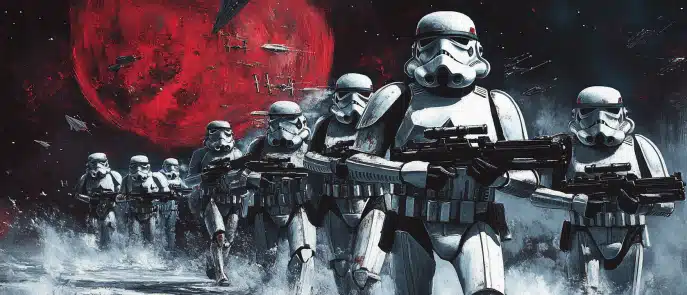
Lessons from Andor: Shades of Gray in a Galaxy of Black and White
The Disney+ series Andor peels back the layers of Star Wars’ political ideologies, presenting a grittier, more nuanced take on the struggle between the Rebels and the Empire. It’s not just about good guys versus bad guys—it’s about the messy, morally complex realities of rebellion and governance.
The Empire in Andor: Bureaucracy Meets Brutality
In Andor, the Empire isn’t just faceless stormtroopers and cackling Sith Lords. It’s a sprawling bureaucracy that grinds people down with mundane oppression. Characters like Dedra Meero show how the Empire’s strength lies in its systems. Dedra isn’t evil for evil’s sake—she’s efficient, calculating, and genuinely believes in the Empire’s mission. That makes her even scarier.
The Rebels in Andor: Desperation Breeds Complexity
Meanwhile, the Rebel Alliance in Andor is far from the shiny, idealistic force we see in A New Hope. Luthen Rael, for instance, is willing to sacrifice lives and manipulate others for the greater good. It’s a harsh reminder that rebellion is rarely clean or easy.
Andor illustrates how both sides operate in shades of gray, forcing viewers to grapple with the moral compromises inherent in both rebellion and tyranny.
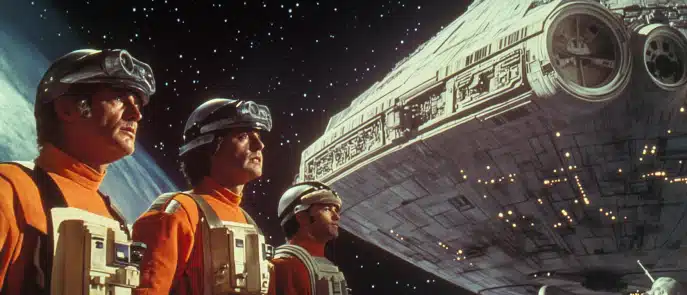
Real-World Parallels: Does Star Wars Mirror Our Politics?
Star Wars has always reflected real-world political themes, from the rise of totalitarian regimes to the power of grassroots movements. The Empire’s authoritarianism echoes historical dictatorships, while the Rebel Alliance draws inspiration from resistance movements throughout history.
The TV show Andor leans heavily into these parallels, exploring themes of surveillance, oppression, and resistance in ways that feel uncomfortably relevant. It reminds us that Star Wars isn’t just escapism—it’s a cautionary tale.
Conclusion: A Galaxy Divided, Yet Timelessly Relevant
The Rebel Alliance and the Galactic Empire represent more than just two sides of a conflict—they’re competing ideologies that ask timeless questions about governance, freedom, and the cost of stability. The Rebels fight for hope and democracy, often at great personal cost. The Empire, on the other hand, offers order but at the expense of individuality and freedom.
Shows like Andor have made this ideological clash even more compelling, showing us that the battle for the galaxy is as morally complex as it is epic. In the end, Star Wars isn’t just about who wins or loses—it’s about why they’re fighting in the first place. And that’s a debate that will keep us talking long after the credits roll.
Stay up-to-date with the latest news, updates, and exclusive content! Click here to follow us on Google News and never miss a story from the galaxy and beyond.


